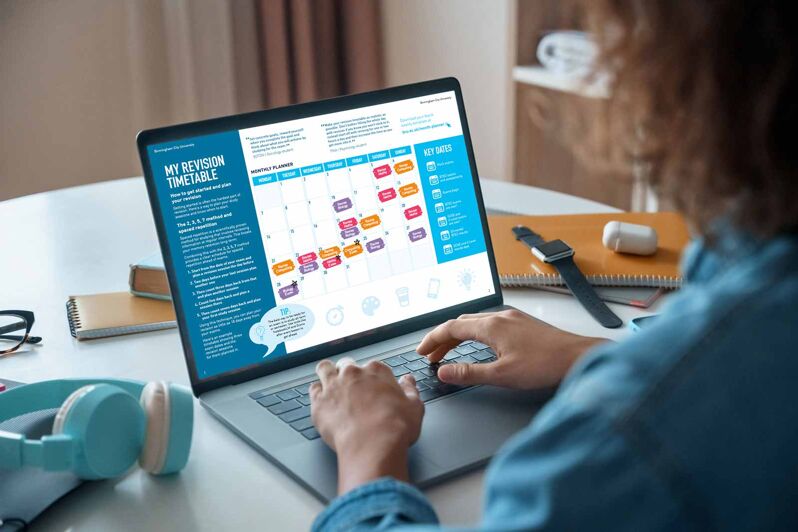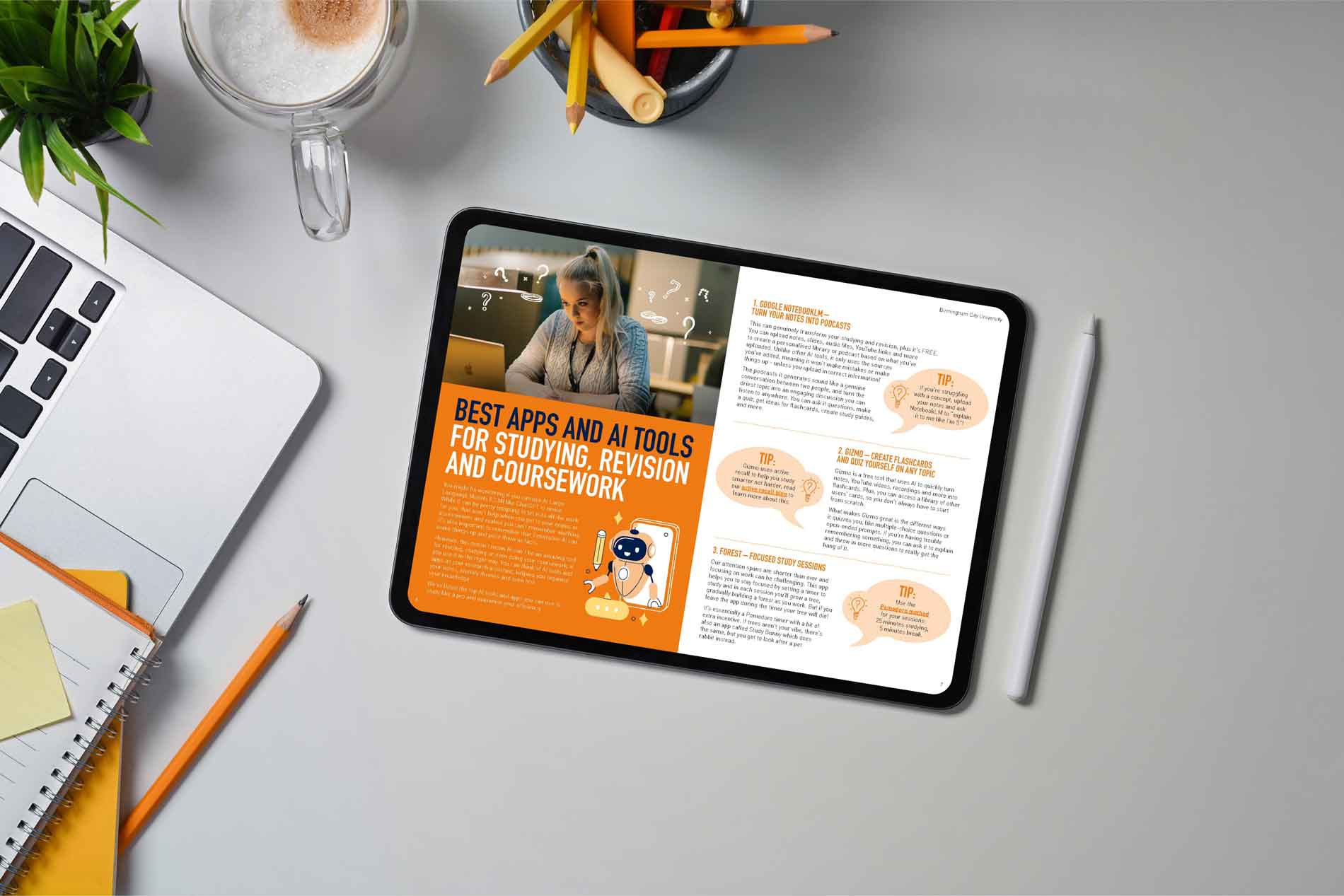If you’ve got multiple exams coming up and you’re thinking “How am I going to remember all this information?!”, use the power of spaced repetition to get your revision into your long-term memory and improve recall. Find out how to use the 2357 method to plan your study sessions with increasing regularity as you get closer to your exam.
Struggling with revision?
Get your FREE guide packed with expert study tips, a step-by-step timetable planner, essential AI learning tools, and more to smash your exams.
By the end of this blog, you'll understand:
- What spaced repetition is and why it helps you remember information for longer.
- How to use the 2357 method to plan your revision sessions effectively.
- How to start using spaced repetition straight after a lesson to boost memory retention.
What is spaced repetition?
Spaced repetition is a scientifically proven method that involves reviewing information at closer intervals, boosting your memory, and making it less likely you’ll forget everything. Studies show it can significantly improve learning and reduce the time spent studying. In this article, we’ll explain how you can use spaced repetition, and the 2357 method, to plan your revision sessions and some of the simple methods you can use.
Why does spaced repetition work?
Imagine your brain as a library. You may have stored information you’ve learned on a shelf, but if you don’t have a good catalogue or filing system, it’ll be pretty hard to find it again. Spaced repetition acts like a catalogue, training your brain to find the information when you need it.
If you think of your brain as a muscle, making it work to find a piece of information is training that muscle to get stronger and find the information more easily in the future. This is also called active recall.
Spaced repetition is based on the forgetting curve (discovered by the German philosopher Ebbinghaus), which shows how we lose the ability to access information in our memory over time. By studying a topic at strategic intervals, you’ll end up remembering more. This method of spacing out shorter study sessions has been proven to be more effective than doing one big session and trying to cram everything in.
📥 Download your free revision guide
How to start using spaced repetition right after a lesson
The best way to harness the power of spaced repetition is to use it straight after you’ve studied something new to solidify your learning. While it’s tempting to procrastinate and cram, reviewing content after a class is a much better way to get it into your long-term memory. This is particularly important for practical subjects like Nursing, where you’ll need the knowledge in your job.
Here's how to do it:
1. Straight after a lesson – summarise the key points in your own words, create a study guide or make flashcards
2. Next day – use active recall to test yourself without looking at your notes
3. Three days later – test yourself again, try blurting, the Feynman technique or do past exam paper questions
4. One week later – keep testing and identify what you’re struggling with the most, focus on that
It may sound time-consuming, but these are the strategies students like you are using to improve their grades.
Using spaced repetitions, or the 2 3 5 7 method, to plan your revision sessions
The 2357 method is a type of spaced repetition where you review a topic at increasingly longer intervals. It works by studying something just before you're most likely to forget it.
You can also use the 2357 method in reverse to plan your revision sessions ahead of an exam:
1. Start from the date of your exam and plan a revision session the day before
2. Two days before your last session plan another one
3. Then count three days back from that and plan another session
4. Count five days back and plan a session there
5. Then count seven days back and plan your first study session
Here’s an example timetable showing three exam dates and the revision sessions for them planned in.

This shows how this method can be great for planning your revision as little as 18 days away from your exams.
Adapting to your needs
This is just a framework! Adjust the intervals based on your learning pace and the difficulty of the material. A good way to do this is to use shorter intervals for complex topics or things you don’t know as well, and longer intervals for things you already know or are a bit easier to digest.
Using this method works well as you start to get closer to the exams, but you can use it even better if you start doing it after the first time you cover the material. A good tip would be to create flashcards based on what you’ve learned after a class, then use the Leitner system to review them at regular intervals.
How to use spaced repetition for revision
Here are some revision techniques you can use really effectively with spaced repetition:
Flashcards
Create digital or physical flashcards with key concepts on one side and answers on the other. Review them at designated intervals.
Active recall
Test yourself without referring to notes. Explain concepts aloud or write them down from memory, the blurting method is a good way to do this.
Apps and websites
Try out spaced repetition apps like Anki, Quizlet, or Gizmo which automate scheduling and track your progress.
What are the benefits of spaced repetition?
✅ Less cramming: ditch the last-minute panic and enjoy a calmer, more consistent study routine.
🧠 Stronger memory: retain information effectively, boosting your exam performance and overall knowledge.
⏳ Study smarter, not longer: spend less time studying while achieving better results.
🚀 Want to boost your memory even more? Combine spaced repetition with active recall for even better results!
Find a revision style that works for you
Remember, the best revision method is the one you enjoy and stick to, so try out different techniques to discover how you learn best. You can harness the power of spaced repetition to upgrade your revision sessions however you like to study.






